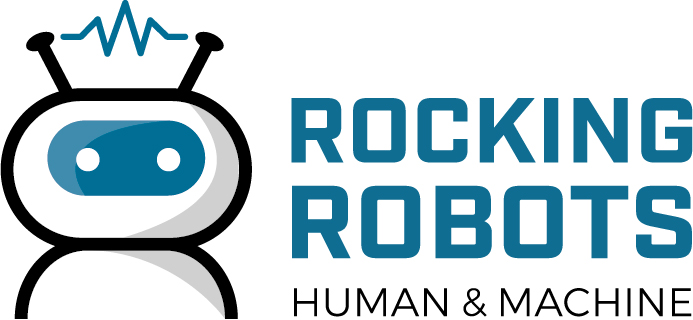
Exploring the World of Robotic Companions
Robots are no longer confined to science fiction. They are increasingly becoming integrated into our daily lives, offering a range of functionalities from industrial automation to personal assistance. This exploration delves into the exciting realm of robotic companions, examining their current capabilities and the future they promise.
The Rise of Personal Robotics
The concept of robots as companions is rapidly evolving beyond simple automated tasks. Modern personal robots are designed with user interaction and emotional engagement in mind. They can learn preferences, adapt to routines, and even offer a form of social interaction. Key advancements include:
- Intuitive User Interfaces: Many personal robots feature voice command capabilities, touchscreens, and even gesture recognition, making them easy to operate for users of all ages.
- Learning and Adaptation: Through machine learning, these robots can personalize their behavior, remembering user habits, dietary needs, or entertainment preferences.
- Enhanced Mobility: Improved sensors and navigation systems allow robots to move safely and efficiently within a home or designated environment, avoiding obstacles and understanding their surroundings.
- Information Access and Assistance: Robots can act as personal assistants, providing weather updates, news briefings, setting reminders, and even facilitating video calls with loved ones.
Applications Beyond the Home
The utility of robotic companions extends far beyond domestic settings. They are proving invaluable in diverse fields, enhancing productivity, safety, and specialized care. Consider these significant applications:
- Elderly Care and Assisted Living: Robots can monitor vital signs, dispense medication reminders, provide social interaction to combat loneliness, and even alert caregivers in case of emergencies. This technology offers independence and security to seniors.
- Education and Entertainment: Interactive robots can engage children in learning activities, teach new skills, and provide unique entertainment experiences. They can make educational content more dynamic and accessible.
- Therapy and Rehabilitation: Robotic devices are being developed to assist in physical therapy, guiding patients through exercises and providing feedback. Some are also being explored for their potential to aid in cognitive behavioral therapy.
- Security and Surveillance: Autonomous robots can patrol homes or businesses, providing a consistent security presence and alerting authorities to any unusual activity.
The Future Landscape of Robotic Companionship
The trajectory of robotic companions points towards even greater integration and sophistication. As technology advances, we can anticipate robots with more nuanced emotional intelligence, advanced dexterity, and seamless connectivity.
- Emotional Intelligence and Empathy: Future robots may be capable of recognizing and responding to human emotions, offering more meaningful social support.
- Advanced Dexterity and Manipulation: Robots will likely gain finer motor skills, allowing them to perform more complex physical tasks, from household chores to intricate assembly.
- Ubiquitous Connectivity: Enhanced integration with smart home systems and the Internet of Things will enable robots to manage and orchestrate a wider range of connected devices.
- Ethical Considerations and Design: As robots become more integrated, discussions around their ethical development, data privacy, and societal impact will become increasingly important.
In conclusion, robotic companions represent a significant technological leap, moving from specialized industrial tools to integral parts of human life. Their capabilities in personal assistance, caregiving, education, and security are already impressive and continue to expand. The ongoing development in areas like emotional intelligence and dexterity suggests a future where these machines will play an even more profound and multifaceted role in society.